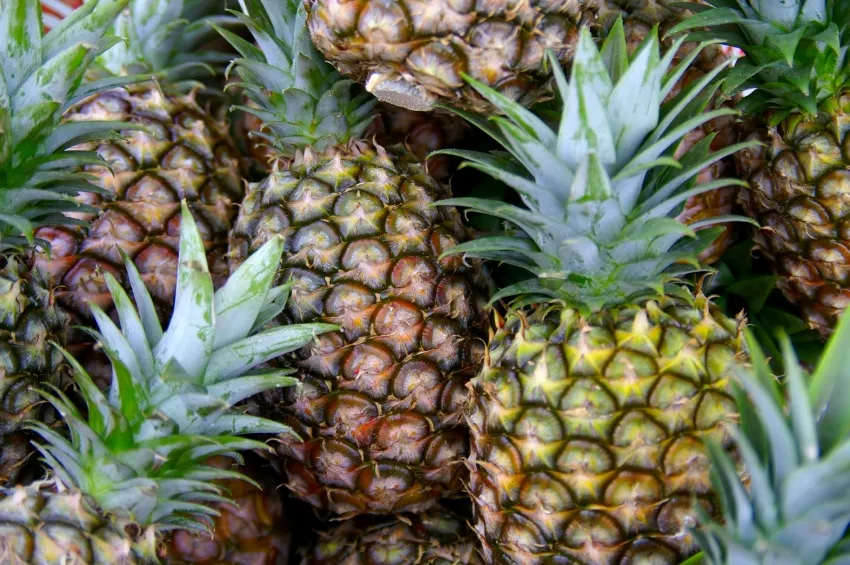The worldwide triumph of pineapples began in South America at the end of the 15th century. Today, more than 20 million tons of the delicious fruit are grown worldwide. Explore exciting details about the origin of the queen of tropical fruits.

Under full sail with Christopher Columbus to Europe
Europe owes the blessed pineapple to Christopher Columbus' second sea voyage. When he arrived on Guadeloupe in South America on November 4, 1493, the locals presented him with a delicious, juicy-sweet fruit as a welcome gift. Full of enthusiasm, he took a supply of pineapple plants home with him. The Portuguese subsequently took over spreading it worldwide from 1502.
Even before the end of the 16th century, pineapples were cultivated in almost every tropical region. However, it was not until the beginning of the 18th century that these tropical fruits were successfully cultivated in the greenhouses of Europe. Today, the royal fruit even ennobles living rooms and conservatories, because the successful cultivation of pineapples is considered an accolade for every hobby gardener.
The most popular varieties
There are a total of 5 main groups in which the most popular pineapple varieties are summarized. While commercial cultivation focuses on a few breeds, the hobby gardener is free to explore the wide variety of varieties. The best groups of varieties at a glance:
- Cayenne group with the world famous varieties 'Smooth Cayenne', 'Hilo' and 'MD2'; Fruits weighing up to 4 kilos
- Queen group with 'Victoria' or 'McGregor'; smaller than Cayenne, but more aromatic and even sweeter
- Spanish group with 'Singapore Spanish'; up to 2 kilos heavy; reddish skin with white flesh
- Pernambuco group with long leaves, striped with red and very decorative; green-yellow fruits
- Perolera group with particularly broad foliage and reddish-yellow pineapples
All groups of varieties are not suitable for cultivation in living spaces due to their impressive habit. As a houseplant, we favor the small variety Ananas comosus 'Variegatus' with a growth height of 60 centimetres, ivory-colored leaves and a delicate fruit.
tips and tricks
Pineapple is not only a delicious treat, it also makes you happy and content. The pulp contains the important neurotransmitters serotonin and tryptophan. In the brain you create a good mood, a feeling of contentment and relaxation. This applies primarily to fresh fruit, because a large part of the valuable ingredients are lost when they are boiled or frozen.
GTH